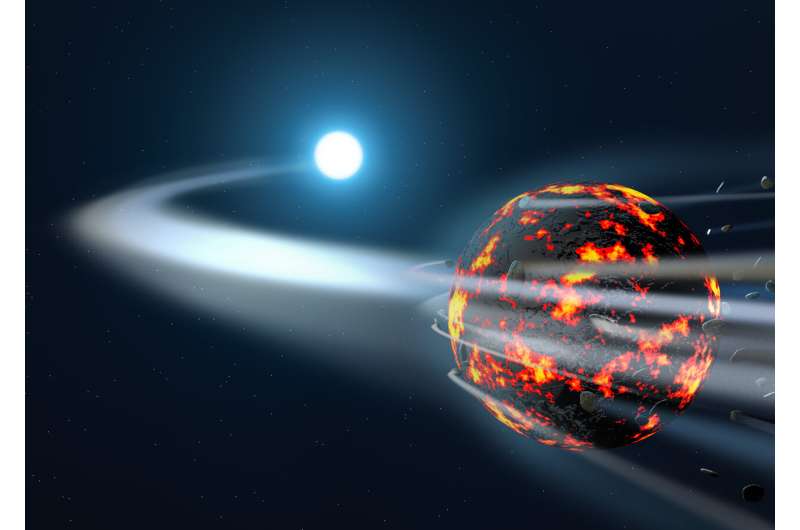
The building blocks of planets in the young solar system started at the same time as their parent stars, according to a team of astronomer.
A study of some of the oldest stars in the universe shows that the building blocks of planets begin to form while a young star is growing. New results in the journal Nature Astronomy suggest that stars and planets grow up together.
Our understanding of how planetary systems form, including our own solar system, could be changed by the research.
"We have a pretty good idea of how planets form, but one outstanding question we've had is when they form, when the parent star is still growing, or millions of years later?" said Dr. Amy Bonsor from Cambridge's Institute of Astronomy.
Bonsor and her colleagues studied the atmospheres of white dwarf stars to try and answer this question. Researchers from the University of Oxford, the Ludwig-Maximilians-Universitt in Munich, the University of Groningen, and the Max Planck Institute for solar system research were involved in the study.
White dwarfs are laboratories because of their thin atmospheres.
Telescopes can't see the interiors of planets. White dwarfs with heavy elements in their atmospheres are known as "polluted" systems.
The elements must have come from asteroids that crashed into the white dwarfs and burned up in their atmospheres. Evaluating the interiors of torn-apart asteroids can be done by observing polluted white dwarfs.
The formation of a planet is thought to start in a disk of hydrogen, helium, and tiny particles of ice and dust. The dust particles stick to each other and eventually form larger and larger solid bodies according to the current leading theory. Some of the larger bodies will become planets and asteroids, like the ones that crashed into the white dwarfs.
The researchers looked at the atmospheres of 200 white dwarfs. The mixture of elements seen in the atmosphere of these white dwarfs can only be explained by the fact that many of the original asteroids melted. The Earth had an iron-rich core due to this process.
Bonsor said that the melting was caused by short-lived radioactive elements that were in the earliest stages of the planetary system. The process of planet formation must begin very quickly if the asteroids were melted by something at the beginning of the planetary system.
Jupiter and Saturn had plenty of time to grow to their current sizes, according to the study.
"Our study supports the idea that planet formation started early with the first bodies forming concurrently with the star," said Bonsor. The formation of all extrasolar planets is affected by the radioactive melting process of polluted white dwarfs, according toAnalyses of polluted white dwarfs.
We can gather more evidence when we find a new white dwarf. When an asteroid formed its iron core, we can say how big it must have been. We are able to investigate processes like this in exoplanetary systems.
Amy Bonsor has more information about the formation of exoplanetesimals.
Journal information: Nature Astronomy